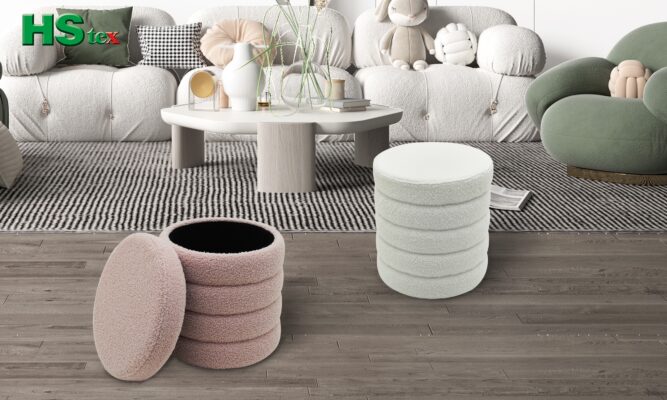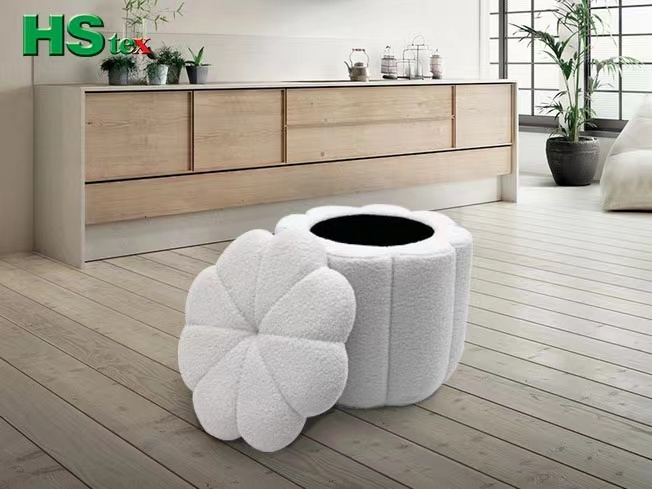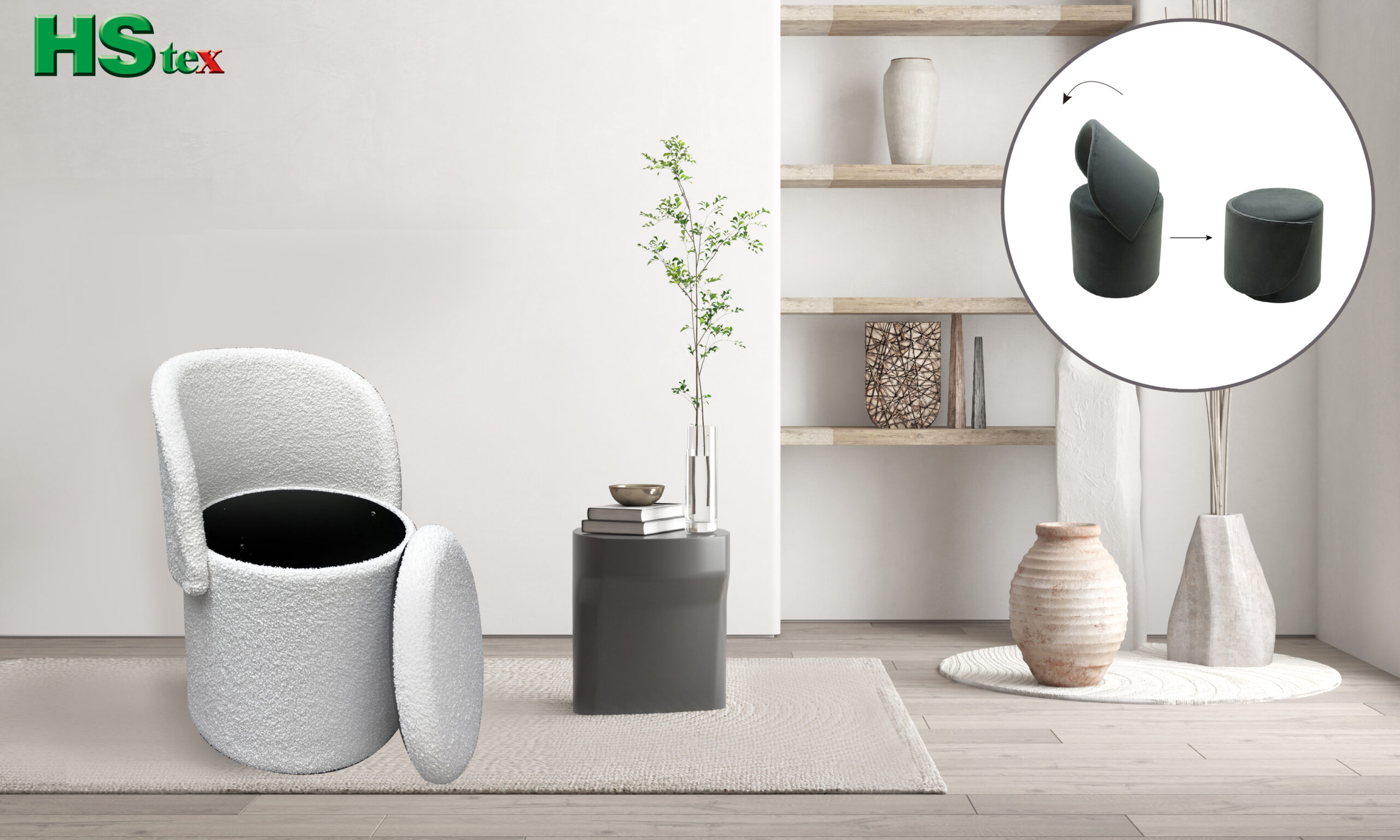
The Origins of the Ottoman Chair
The Ottoman chair takes its name from the Ottoman Empire, where it was first introduced during the 18th century. Its origins, however, can be traced back to ancient civilizations, including Egypt and Mesopotamia. In these early cultures, low stools or cushions were used for seating and reclining.
Evolution During the Ottoman Empire
The Ottoman chair gained prominence during the Ottoman Empire, where it underwent significant design changes. Ottoman furniture makers began crafting these low seats with wooden frames and plush cushions, making them more comfortable and suitable for relaxation.
Versatility in European Furniture
The Ottoman chair was introduced to Europe in the late 18th century and quickly gained popularity. European furniture designers adapted the ottoman into various forms, such as storage ottomans, footstools, and upholstered seats. It became an integral part of European living rooms, bedrooms, and dressing areas.

The Influence of French Design
In the 19th century, French designers played a pivotal role in shaping the ottoman’s design. They incorporated decorative elements like tufted upholstery, tassels, and fringes, making ottomans not only functional but also highly ornamental pieces of furniture. French ottomans often featured intricate detailing, showcasing the craftsmanship of the era.
Ottomans in Victorian England
During the Victorian era, ottoman chairs became a symbol of opulence and luxury in England. Elaborate and oversized ottomans, often placed in the center of the drawing room, were adorned with rich fabrics and served as seats for multiple people. These large ottomans were used as coffee tables or tea tables when covered with trays.
Ottomans in the Modern Era
In the 20th century, ottoman chairs underwent another transformation. Designers began to explore minimalist and functional styles, resulting in sleek, contemporary ottomans with clean lines and simplified designs. These modern ottomans often feature hidden storage compartments, providing practicality in addition to comfort.
The Versatility of Modern Ottomans
Today, ottomans have evolved to become highly versatile pieces of furniture. They serve various functions in modern homes:
- Footstools: Ottomans still serve their original purpose as footstools with storage, providing a comfortable place to rest your feet after a long day.
- Seating: Many ottomans are designed as standalone seats, perfect for extra seating when guests visit.
- Coffee Tables: Large, sturdy ottomans can double as coffee tables when paired with a tray for serving drinks and snacks.
- Storage Solutions: Ottomans with hidden storage compartments are invaluable for decluttering living spaces, providing space to stow away blankets, magazines, or toys.
- Decorative Accents: Ottomans come in various shapes, sizes, and colors, making them versatile decorative accents that can complement a room’s decor.
- Versatile Styles: Whether you prefer traditional, mid-century modern, or contemporary design, there’s an ottoman style to match your taste and interior decor.

The ottoman chair has come a long way from its origins as a simple footstool in ancient civilizations. Its evolution through history, influenced by different cultures and design movements, has transformed it into a versatile and stylish piece of furniture that serves various functions in modern homes. Whether you use it as a footrest, a seat, a coffee table, or a storage solution, the ottoman continues to be a beloved and adaptable addition to home decor, blending comfort and functionality with timeless elegance.
Housetex, the leading custom ottoman furniture manufacturer and supplier in China, responds to evolving furniture trends and needs around the globe rapidly. While developing our series, we remain flexible to work with our clients on an OEM or ODM basis worldwide. Housetex is internationally recognized as a reliable and high-quality focused professional wholesale furniture producer and exporter. If you are interested or have any queries about our latest ottoman collections, please feel free to drop us an email at [email protected].
